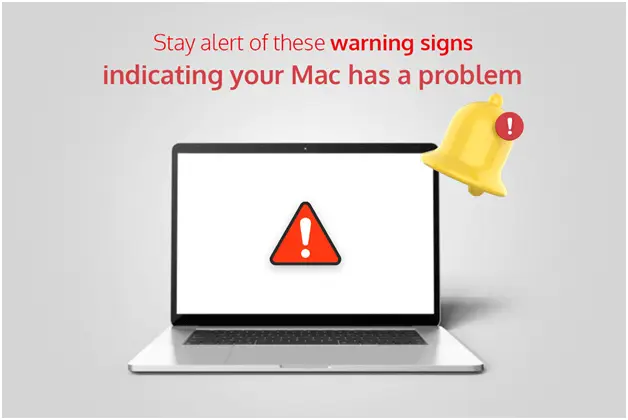Unmasking and Removing the Hidden Threat
Trojans hide malware within files and software that resemble legitimate programs. They trick users into clicking, opening, or installing them and then begin spying on or attacking the device.
Users can protect against these stealthy threats by practicing safe browsing habits, avoiding suspicious websites and pop-up ads, and using a reputable antivirus with a robust Trojan removal tool.
Detecting a Trojan
Like its namesake, the modern Trojan horse uses deception to trick unsuspecting users into running seemingly benign computer programs that hide malicious ulterior motives. While they cannot replicate or spread by themselves, like other malware types such as viruses and worms, they can still cause significant harm to the devices and networks of targeted victims.
The first signs of a Trojan infection include unusual activity on a device, such as unscheduled changes to computer settings or strange programs that start-up without user intervention. An increased incidence of pop-ups, a redirection to sketchy websites, or an uptick in spam in an email inbox are also indicators that a device may be compromised.
Trojan malware often hides within programs or documents that appear legitimate, usually disguised as executable files, free downloads, or other standard file formats. Using such file formats and the fact that Trojans are hidden makes it very difficult to detect them with conventional antivirus or malware scanners.
Because Trojans can steal data, redirect internet traffic, monitor an individual’s behavior, access bank accounts, and even give unauthorized attackers remote control of the compromised system, they are a significant threat to cyber security. Taking steps to protect against them, such as using strong passwords and installing firewalls on desktops, laptops, and mobile devices, can significantly reduce the chances of an attack. Regularly backing up essential files can also aid in the recovery of any data that might be lost in an assault.
Removing a Trojan
Trojan virus removal from your computer is a crucial step in maintaining the security of your system and protecting your personal information.
Like its namesake, the Trojan horse uses deception to enter your computer system. It gets inside by camouflaging itself as something safe or desirable, like an email attachment, game, or software. It might also be downloaded from file-sharing sites or illicit dark web storefronts. Once inside, the malware can do various things to your system. These may include stealing information, monitoring your activity, and giving cybercriminals unauthorized access.
It is essential to have an antivirus program that regularly scans your computer for malware and identifies Trojans as they emerge. Then, the program can remove them as they are detected. Another helpful tip is to create and save a system snapshot or restore point before installing any programs or extensions. That way, if you end up with a Trojan on your system, you can restore it to its state before the infection.
Installing software that will protect you from trojans is also a good idea. These programs will run in the background, scanning your device constantly for malicious entities and preventing them from entering your system. Similarly, it would help if you used only trusted websites for software downloads and never clicked on links in emails that don’t come from a company or entity you know.
Unmasking a Trojan
A Trojan can steal passwords and credit card details by monitoring keystrokes, encrypting files, demanding ransom for their decryption, and even taking over instant messages and texts. It can also use your device as a springboard to launch more attacks against other devices or systems connected to the same Wi-Fi network.
These malicious programs often resemble updates, games, and other downloads from trusted sources. They can also be distributed as a phishing campaign, spam, or pop-up. Unexpected computer settings or activity changes are a clear sign that you have a trojan on your machine.
Trojans can also create backdoors to let attackers access your device and its data remotely. They can also bring more malware or exploit vulnerabilities in your applications, software, or operating systems.
Since Trojans are not replicating like a virus, you must be vigilant about what you click on or download. Only trusting IT-approved sources for extensions, programs, and downloads will reduce the risk of a Trojan attack. Regularly backing up all your data will also help you recover if a trojan does get inside your device.
Prevention
While Trojans started as pranks to play on friends, they have since become severe cybercrime tools that can be used for data stealing, espionage, DDoS attacks, and more. These types of malware open backdoors on the targeted computer to allow hackers to take control of the device and steal or download additional malicious software. They can also be used to spread other Trojans to other computers and create a network of infected devices that attackers control. They often hide behind seemingly harmless email attachments or free programs downloaded online. Trojan malware is loaded onto the device when the victim clicks on the program or opens the attachment.
Different Trojans include Exploit Trojans that identify and exploit vulnerabilities in programs, Ransom Trojans that extort payment to return access to a device, and Backdoor Trojans that set up access points for the attacker. These malicious programs can damage files, redirect web traffic, monitor activity, encrypt data, and steal information.
While Trojans cannot be prevented entirely, minimizing their impact by regularly updating your operating system and scanning all programs before installing them is possible. Users should also use strong passwords and ensure all software is acquired from secure sources.






![[pii_email_b47d29538f12c20da426] Fix Error Solution? A Step to Step Guide](https://flashyinfo.com/wp-content/uploads/2021/09/0gjKiHmL.png)
